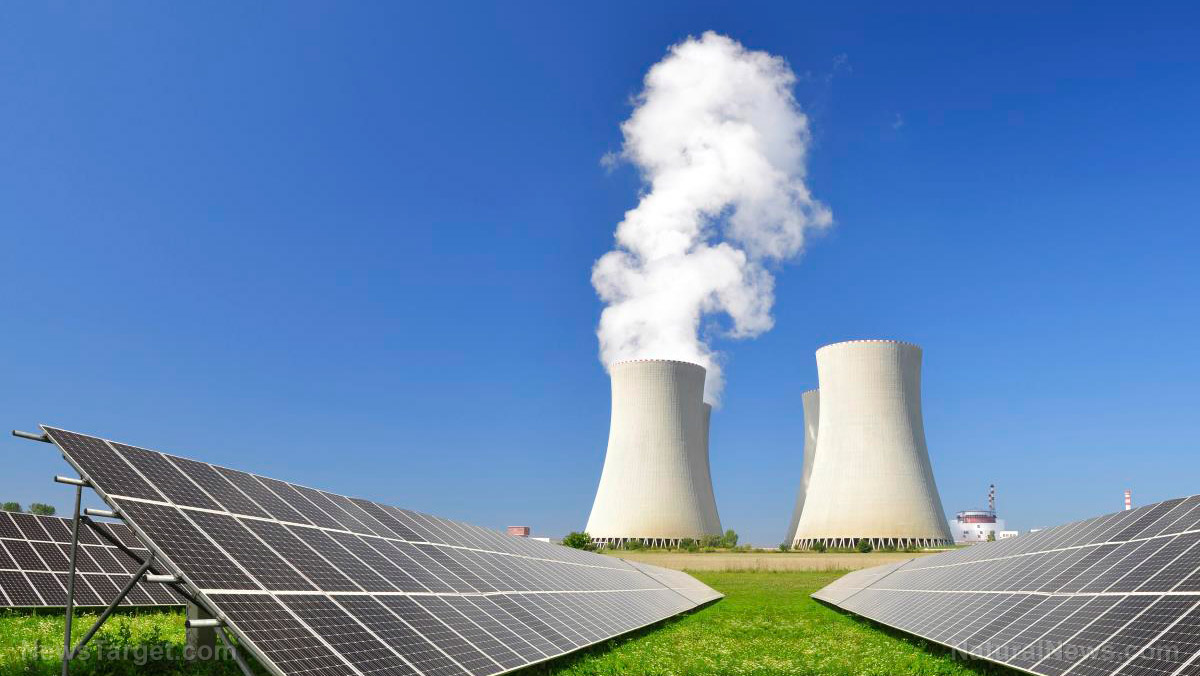 Parler
Parler Gab
Gab
China, Russia soon to outpace America in nuclear energy tech and generation
Perhaps worse than America's increasing reliance on renewable energy is the fact that countries like China and Russia are rapidly expanding their use of nuclear energy for their energy consumption. China and Russia both account for 70 percent of new nuclear power plants under construction around the world. Beijing currently has around 50 nuclear power plants in operation, while Russia has 38 plants in operation. (Related: Russia and China dominate nuclear electricity generation industry ahead of the U.S.) Currently, the U.S. still leads as the biggest producer of nuclear energy. The country has 93 nuclear reactors in operation and produces more than 30 percent of the world's nuclear energy, with most of the country's nuclear power plants located in Illinois, Pennsylvania and South Carolina. But compared to China and Russia, the U.S. is not investing as much in new nuclear power plants. The country only has two nuclear reactor under construction in the same plant in Georgia. However, China and Russia combined could end up dethroning the U.S. soon. China is rapidly advancing its nuclear technological capabilities and is already becoming a global benchmark for safe and efficient nuclear energy production, thanks to massive investments in advanced nuclear technologies, such as pressurized water reactors. Russia is rapidly expanding its nuclear power generation to diversify its energy generation and to decouple itself quickly from relying on the West for energy. Russia is already known for its expertise in the production and transportation of nuclear fuel and is already making great strides in developing a new generation of advanced nuclear reactors. Learn more about renewable and nuclear energy generation at EnergySupply.news. Watch this clip from "Secret Harbour Sessions" as Tony Lambert discusses one kind of clean energy technology that the world has suppressed. This video is from the Secret Harbour Sessions channel on Brighteon.com.More related stories:
German economy collapsing after nation abandoned nuclear energy – prices soar, industries implode. War in the Middle East will become OBSOLETE once Low Energy Nuclear Reactions are allowed to flourish, providing low-cost energy to the world. Clean energy breakthrough: eVinci nuclear microreactor from Westinghouse receives DOE contract. John Kerry admits NUCLEAR ENERGY is necessary but continues to push for wind and solar instead. America's largest grid operator SAVED by natural gas, coal and nuclear power as temperatures exceed 100 degrees Fahrenheit. Sources include: WattsUpWithThat.com EIA.gov PewResearch.org CSS.UMich.edu Financial-World.org CNBC.com Brighteon.comGovernments continue to obscure COVID-19 vaccine data amid rising concerns over excess deaths
By patricklewis // Share
Tech giant Microsoft backs EXTINCTION with its support of carbon capture programs
By ramontomeydw // Share
Germany to resume arms exports to Israel despite repeated ceasefire violations
By isabelle // Share










